Filter Issues
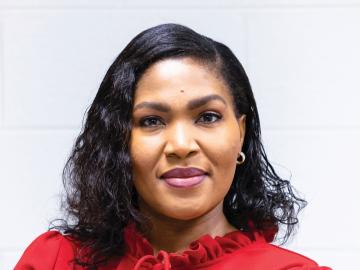
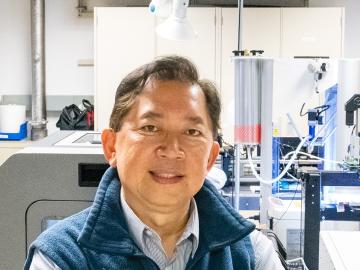
ORNL researchers are deeply involved in applying the principles of a circular economy.
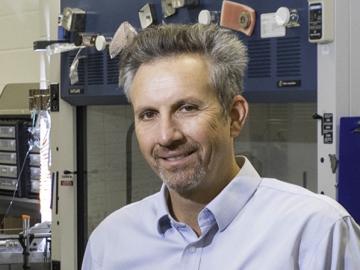
The United States — and indeed the world — is in the midst of a water crisis.
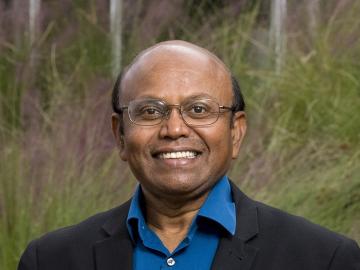
Taking advantage of the impending increase in demand for lithium will be particularly challenging for the United States, which currently produces very little of the critically important mineral.
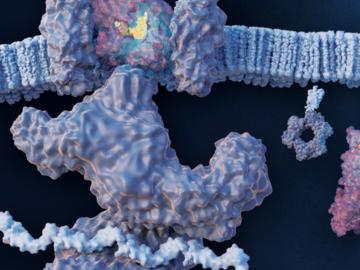
A collaborative research team from ORNL and other national laboratories is using artificial intelligence and computational screening techniques — in combination with experimental validation — to identify and design drug therapies to target the SARS-CoV-2 virus. Here are five promising approaches.
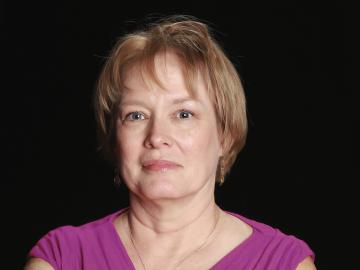
In early 2020, before the novel coronavirus had been named a pandemic, ORNL computational chemist Marti Head abruptly switched her focus — as did many scientists and researchers around the globe — to fight COVID-19.

Five ORNL scientists have been tapped by DOE’s Office of Science to receive significant research funding as part of the Early Career Research Program.

